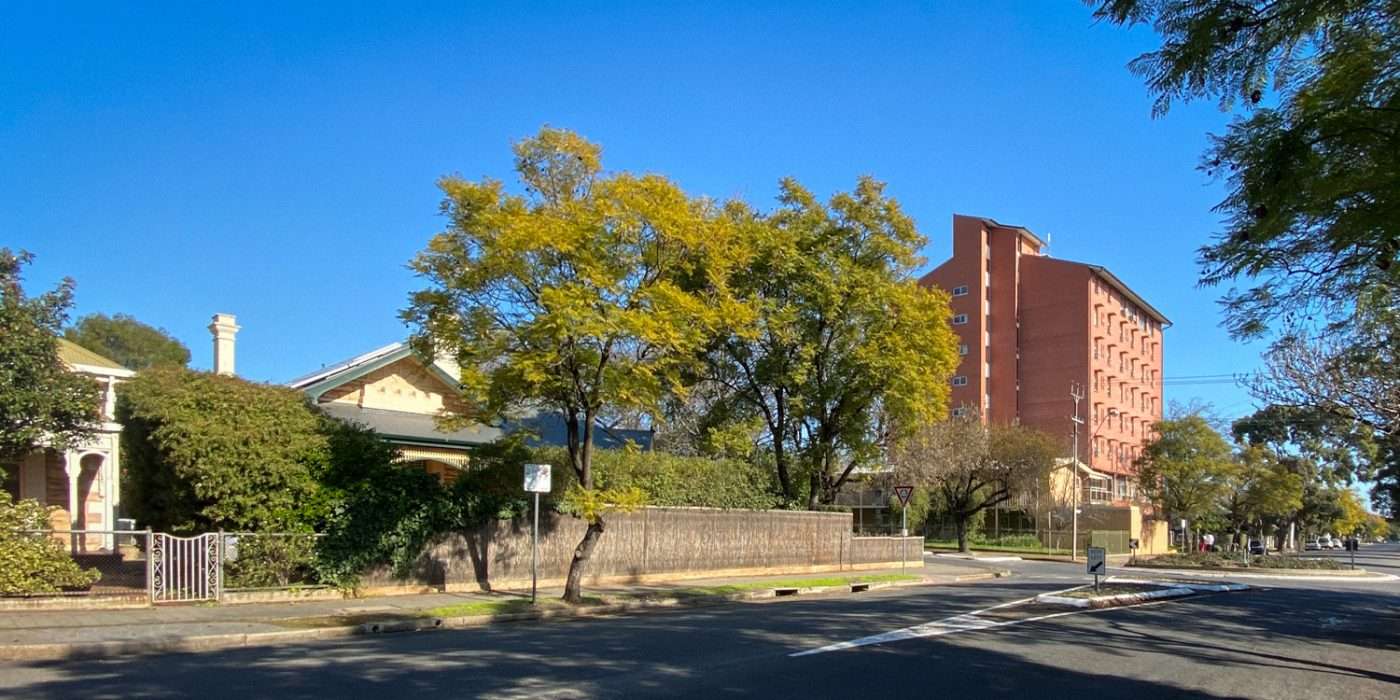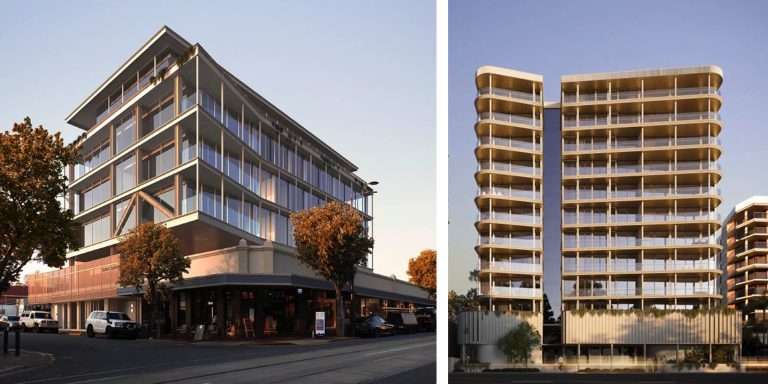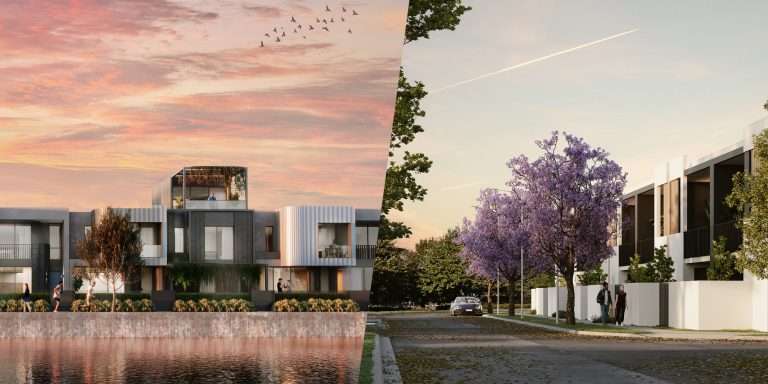Pragmatism often plays a role in planning, particularly development assessment. For example, where undesirable development exists it is pragmatic to presume that replacement development that is less undesirable is a step in the right direction. This type of rationale is applied to often embedded car parking shortfalls, as well as questions of land use and the character of development.
Such pragmatism has been challenged in certain circumstances by the recent ERD ruling in the matter of Domain Project Development Pty Ltd & Anor v City of Burnside & Ors.
In this instance the subject site contains an eight storey former aged care facility built in 1968 and used as student accommodation since 2003. The proposal was to replace this building with a seven storey residential flat building. The City of Burnside approved the proposal and neighbours pursued third party rights of appeal.
The site is a located in the Community Zone surrounded by a Residential Zone and Historic (Conservation) Policy Area. The Community Zone allows for up to three storey development. The adjoining Residential Zone and Policy Area allows for two storey development.
The ERD Court found that:
“…If this appeal is dismissed, the existing building will remain in place – discordant and jarring as it is. If it is approved, a replacement will be in place which would not ordinarily be allowed. The two realities – leave alone or replace – result in a building which grossly exceeds PDC 8(b)(viii) (the height guideline)….
The existing building is part of the current locality. If what had been proposed was another eight-storey building in the locality then the existing building would be a significant factor in that consideration. The reality of what is proposed is a replacement. The town planners struggled with that reality. That lead them to have regard to the building being replaced in the assessment of the replacement. Taking that approach risks the assessment being conflated with the entitlement of the owner, as of right, to replace the existing building with an effective replica. It also risks what Jacobs J in Kouflidis counselled against; having regard to the unsatisfactory nature of the existing development, of itself, as reason to approve an improved replacement…
Absent any weight given to the existing building, the proposed development should not be approved…
As to the weight which must be given to the height of the existing building in our assessment, it cannot of itself, be sufficient to approve. The weight we would accord the existing building is not so great that it would tip the scales to approval of a seven-storey building. It would not overcome the position accepted by the parties that the proposal, on its merits alone, should not be approved…”.
The net result is that a relatively unattractive and outdated multi-storey building is retained in an otherwise attractive residential area.
We wonder if such an assessment approach would have thwarted some renowned developments in Adelaide such as the Kent Town Brewery Apartments (that replaced former brewery silos of similar height) and Living Choice at Fullarton (that replaced the derelict multi-storey Julia Farr Centre).
The ERD Court’s ruling emphasises the need for planning authorities to ensure development assessment policy is continually reviewed and updated to reflect State and Local Government strategic plans, as well as community expectations. Policy reviews should consider the replacement of existing undesirable development in a way that is pragmatic i.e. creating a development yield that is likely to incentivise replacement development that is an improvement, if not entirely complementary to nearby development.



